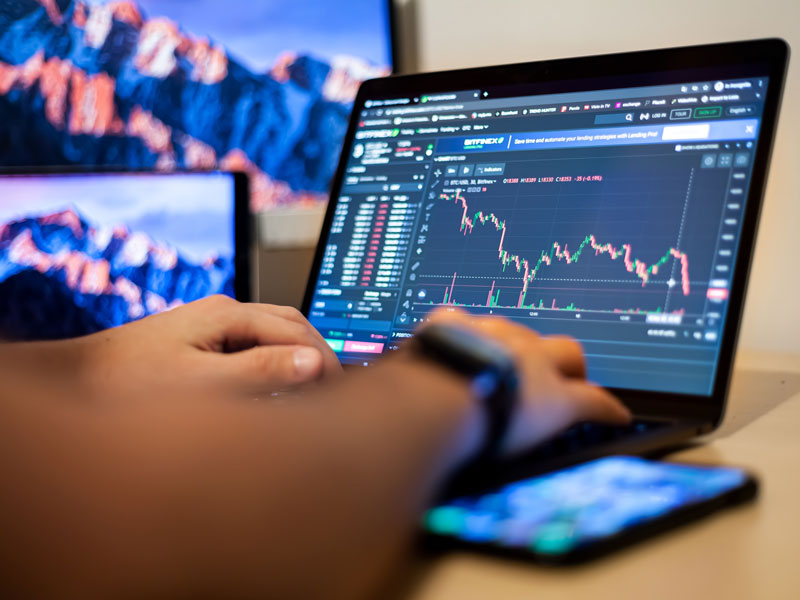
Forex Trading Basics: A Comprehensive Guide for Beginners
Forex trading is an exciting yet complex world. Whether you are a complete novice or have some trading experience, understanding the basics of Forex can significantly enhance your trading skills. In this article, we will cover essential concepts, terminology, and strategies that will equip you with the knowledge to start your Forex journey. For more in-depth resources, visit forex trading basics https://forex-level.com/.
What is Forex Trading?
Forex trading, also known as foreign exchange trading or currency trading, involves the buying and selling of currencies. The forex market is the largest and most liquid financial market in the world, with daily trading volumes exceeding $6 trillion. Unlike other financial markets, the forex market operates 24 hours a day, five days a week, allowing traders to engage at any time.
How Does Forex Trading Work?
The fundamental principle of forex trading is the exchange of one currency for another. Currencies are traded in pairs, such as EUR/USD (Euro/US Dollar) or GBP/JPY (British Pound/Japanese Yen). When you trade a currency pair, you are betting on the value of one currency relative to the other.
For example, if you believe that the Euro will strengthen against the US Dollar, you would buy the EUR/USD pair. Conversely, if you think the Euro will weaken, you would sell the pair. That is how traders speculate on currency movements to make profits.
Key Terminologies in Forex Trading
Before diving deeper into Forex trading, it is crucial to understand some key terminologies:

- Currency Pair: A quotation of two different currencies, representing the value of one currency relative to another.
- Bid Price: The price at which you can sell a currency pair.
- Ask Price: The price at which you can buy a currency pair.
- Spread: The difference between the bid price and the ask price.
- Pip: The smallest price move that a given exchange rate can make based on market convention. Most currency pairs are quoted to four decimal places, meaning one pip is 0.0001.
- Leverage: A mechanism that allows traders to control a larger position with a smaller amount of capital, potentially increasing both gains and losses.
- Margin: The amount of money required to open and maintain a leveraged position.
Types of Forex Trading
There are several methods of trading Forex, each with its unique characteristics:
- Day Trading: Involves opening and closing positions within the same trading day.
- Scalping: A strategy focused on making small profits from minor price changes within a short timeframe.
- Swing Trading: Traders holding positions for several days or weeks to capitalize on expected price moves.
- Position Trading: A long-term strategy where traders hold positions for weeks, months, or even years, based on fundamental analysis.
Forex Trading Strategies for Beginners
To succeed in Forex trading, you need a solid strategy. Here are a few popular strategies that beginners can start with:
1. Trend Following
This strategy involves analyzing currency price trends and trading in the direction of the trend. Traders use technical indicators, such as moving averages, to identify trends.
2. Ranging Markets
A ranging market occurs when a currency pair trades within a specific price range. Traders can buy at the lower boundary and sell at the upper boundary of the range.

3. Breakout Trading
A breakout happens when the price moves outside a defined support or resistance level. Trading on breakouts can yield substantial profits, but risks are also involved.
The Importance of Risk Management
One of the most critical aspects of Forex trading is managing risks. Successful traders often emphasize the importance of risk management strategies to protect their capital. Here are some key risk management techniques:
- Stop Loss Orders: An order placed to sell a security when it reaches a certain price, minimizing potential losses.
- Position Sizing: Carefully considering the size of each trade relative to your overall capital to minimize risk.
- Diversification: Spreading investments across various currency pairs to manage risk.
Choosing a Forex Broker
Choosing the right Forex broker is crucial for your trading success. Here are some factors to consider:
- Regulation: Ensure that the broker is regulated by a reputable authority.
- Trading Platform: The trading platform should be user-friendly and equipped with necessary tools and features.
- Spreads and Fees: Compare the spreads and trading fees offered by different brokers.
- Customer Support: Choose a broker with reliable customer support who can assist you when needed.
Conclusion
Forex trading offers immense opportunities for profit, but it also comes with risks. By understanding the basics, familiarizing yourself with key terminologies, and implementing sound trading strategies and risk management techniques, you can set the foundation for your Forex trading journey.
Always remember that practice and continuous learning are essential for success in Forex trading. As you progress, consider using a demo account to practice trading strategies before committing real funds. With patience and dedication, you can navigate the dynamic world of Forex trading and potentially achieve your financial goals.

